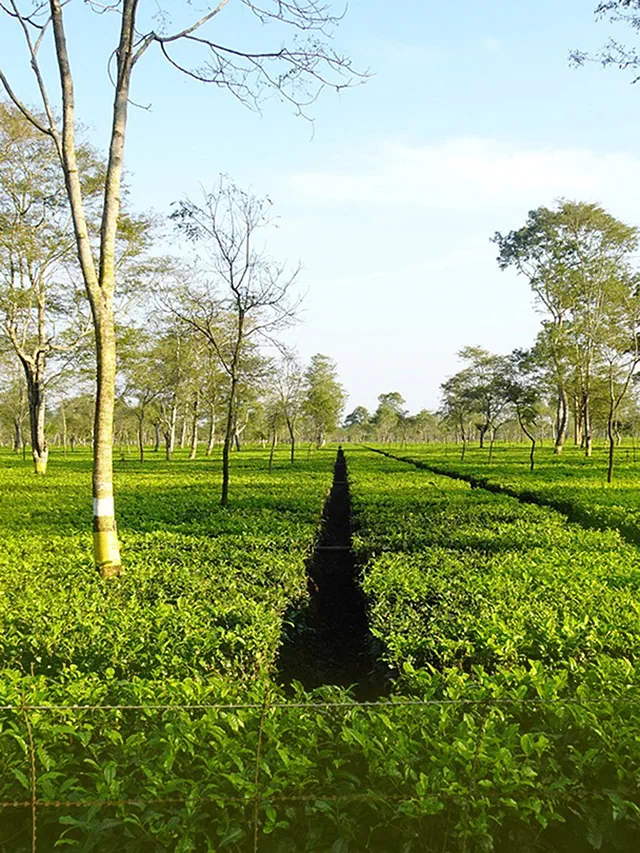It is celebrated in a cycle of approximately 12 years at four river-bank pilgrimage sites: Allahabad (Ganges-Yamuna Sarasvati rivers confluence), Haridwar (Ganges), Nashik (Godavari), and Ujjain (Shipra). The Kumbh Mela is considered to be the largest peaceful gathering of people in the world, with an estimated 120-150 million people attending the Allahabad Ardh Kumbh Mela in 2019. It is also one of the oldest continuously celebrated religious festivals in the world. The event is also known for its cultural and historical significance, as well as for its spiritual significance.
Kumbh Mela is a celebration of the victory of good over evil and is believed to have its origins in ancient Hindu mythology. According to legend, the gods and demons fought a fierce battle to obtain a pot of amrita, the nectar of immortality. During the battle, drops of amrita fell to earth at four different locations, which are now considered to be the sacred sites where the Kumbh Mela is held.
The Kumbh Mela is traditionally divided into several different phases, each with its own significance. The Maha Kumbh Mela, which is held every 12 years, is the most important and is attended by the largest number of people. The Ardh Kumbh Mela, which is held every six years, is also a significant event. The Purna Kumbh Mela, which is held every 12 years, is considered to be the most auspicious and is attended by the greatest number of ascetics and sadhus.
The Kumbh Mela is also known for its religious and spiritual significance. The festival is an opportunity for devotees to take a dip in the holy rivers, which is believed to cleanse them of their sins and bring blessings from the gods. Many people also come to the Kumbh Mela to seek blessings from the ascetics and sadhus who are in attendance.
In recent years, the Kumbh Mela has become an important cultural and social event, attracting large numbers of tourists and visitors from around the world. It is also known for its vibrant atmosphere, with colorful processions, devotional music, and a wide variety of food and other vendors.
Overall Kumbh Mela is a major religious, cultural and social festival, that is celebrated once in every 12 years, and it is considered as the largest peaceful gathering of people in the world.
The Kumbh Mela is not just a religious event, it is also a major cultural and social event that brings people from all walks of life together. The festival is celebrated with great enthusiasm and devotion by people of all ages and backgrounds, who come from all over India and even from other countries.
The festival is also a showcase of Indian culture and tradition. It showcases the rich cultural heritage of India through various forms of art and craft, traditional music and dance performances, and colorful processions. People also participate in various religious and spiritual activities such as yoga and meditation, discourses, and devotional singing.
The festival also has great economic significance. It generates a lot of revenue for the local economy and provides employment opportunities for many people. Many vendors set up stalls and shops to sell a wide variety of goods such as food, clothing, and religious items.
The Kumbh Mela is also known for its environmental and ecological significance. A lot of attention is paid to ensuring that the festival is organized in an environmentally friendly manner and that the natural resources are not depleted.
Another important aspect of Kumbh Mela is the security measures taken to ensure the safety and well-being of the millions of people who attend the festival. With such a large number of people converging on one location, security is a major concern, and a lot of planning and resources go into ensuring the safety of the attendees.
A large number of security personnel are deployed to maintain order and provide assistance during the festival, including police, paramilitary forces, and volunteers. Special measures are also taken to ensure the safety of women and children, and to prevent any incidents of crime or violence.
Another aspect that is given a lot of attention during the Kumbh Mela is sanitation and hygiene. With such a large number of people in one place, it is important to ensure that the festival is organized in a clean and hygienic manner. Special measures are taken to ensure that the festival grounds and surrounding areas are kept clean and that adequate sanitation facilities are provided.
In recent years, technology has also been used to enhance the organization and management of Kumbh Mela. From providing real-time information to visitors, to managing the flow of people and ensuring their safety, technology plays a crucial role in making the festival a success.
Kumbh Mela is a festival that has tremendous religious, cultural, social, economic and ecological significance. It is a unique event that showcases the rich heritage and diversity of India, and brings people from all walks of life together. It is not only a religious event but also a major cultural and social event that is celebrated with great enthusiasm and devotion. Kumbh Mela is not only a religious and cultural event, but also a logistical and administrative challenge, that requires a great deal of planning, organization and resources. The Indian government and local authorities put a lot of effort to ensure that the festival is organized in a safe, clean and orderly manner, and that the millions of people who attend have a positive experience.



